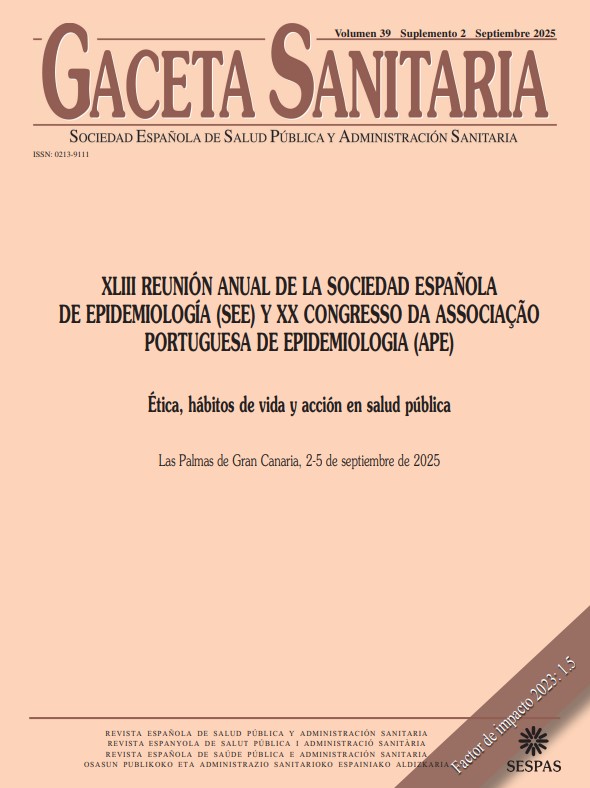97 - PROSPECTIVE ASSOCIATION BETWEEN PLASMA AMINO ACIDS AND HEALTHY AGING IN OLDER ADULTS
Department of Preventive Medicine and Public Health, Universidad Autónoma de Madrid; Department of Medicine, Universidad de Oviedo/ISPA; Dirección Técnica de Sistemas de Información. Gerencia Asistencial de Atención Primaria, Servicio Madrileño de Salud, Fundación de Investigación e Innovación Biosanitaria de Atención Primaria; Enfermería, Universidad Alfonso X El Sabio; Subdirección General de Investigación Sanitaria, Consejería de Sanidad, Fundación de Investigación e Innovación Sanitaria de Atención Primaria; Red de Investigación en Servicios de Salud en Enfermedades Crónicas, Grupo de Envejecimiento y Fragilidad de las Personas Mayores. IdIPAZ; CIBER of Epidemiology and Public Health, Instituto de Salud Carlos III; IMDEA-Food Institute. CEI UAM+CSIC.
Background/Objectives: Most studies have compared plasma amino acids profiling across different age groups using a cross-sectional design, but no previous research has assessed the relationship between specific amino acid species and healthy aging. This study aims to explore the relationship between plasma concentrations of nine amino acids and healthy aging in an older Spanish population.
Methods: This longitudinal study uses data from the Seniors-ENRICA 2 Spanish cohort, which comprises community-dwelling individuals aged 65 and older. Plasma amino acid concentrations were measured at baseline and after a five-year follow-up period (n = 859). Healthy aging has been defined as the delay on the onset of chronic conditions, optimal physical functioning, and no cognitive impairment. Mixed-effect logistic models were used to examine the prospective association proposed, after adjusting for age, sex, socioeconomic status, and lifestyle behaviors.
Results: The baseline mean age of the participants was 70.9 years (SD = 4.0), and 51.6% were men. In the fully adjusted models, lower plasma concentrations of alanine [odds ratio (ORs) per 1-SD increase (95%CI) = 0.78 (0.72, 0.86)], isoleucine [0.70 (0.63, 0.78)], leucine [0.78 (0.71, 0.86)], and valine [0.79 (0.71, 0.86)], were prospectively associated with healthy aging (p-value < 0.001 in all cases). No significant associations were observed for glutamine, glycine, histidine, and aromatic amino acids.
Conclusions/Recommendations: Lower concentrations of alanine and branched-chain amino acids were prospectively associated with healthy aging in the older population.
Funding: PI 19/319, PI 19/665, PI 20/1040, PI 23/272 from the Instituto de Salud Carlos III (Spanish Ministry of Science and Innovation, Madrid, Spain, and European Regional Development Fund-ERDF). D. González-Beltrán has received a contract from Universidad Autónoma de Madrid (FPI-UAM).















